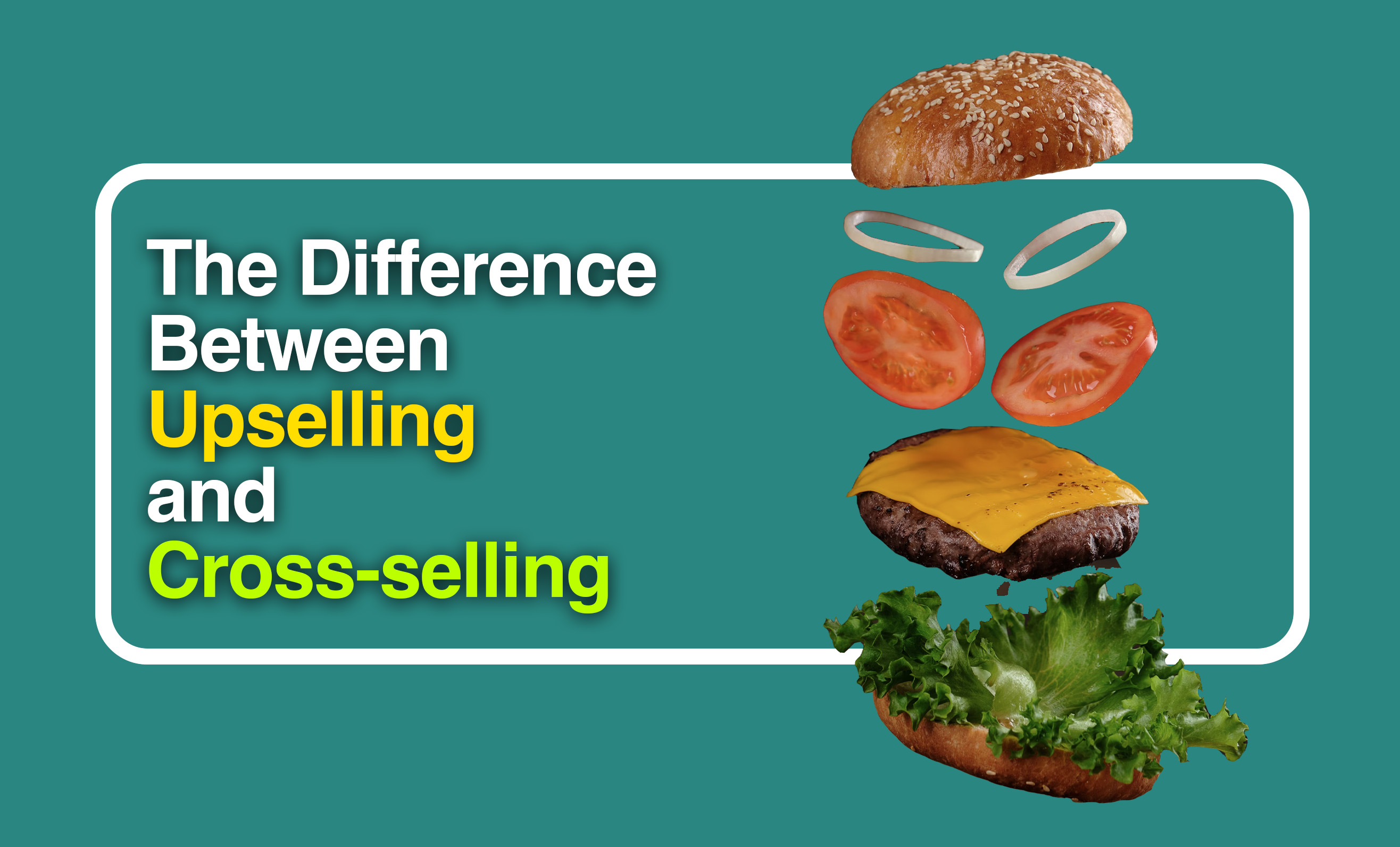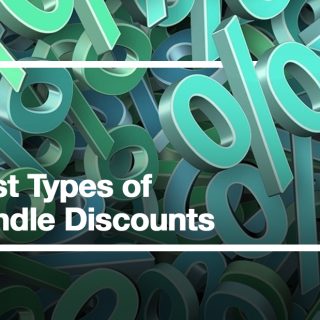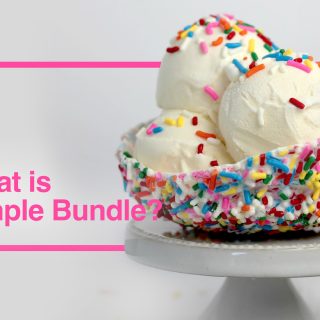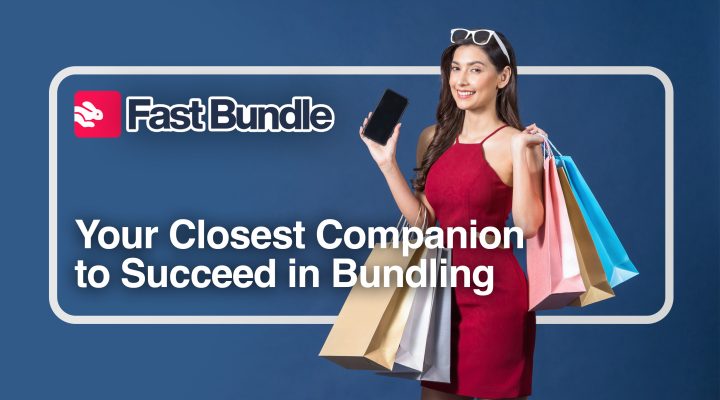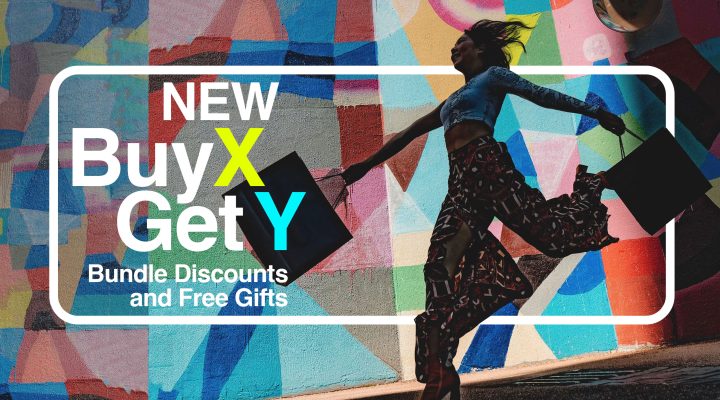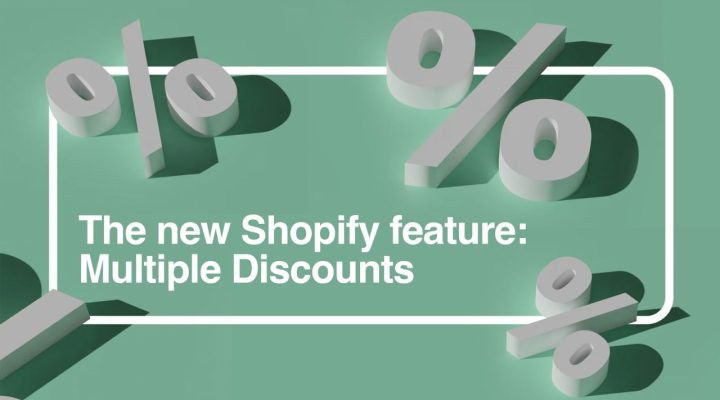In a market landscape that experiences new strategies every day, mastering the art of cross-selling and upselling is crucial for any business aiming to enhance its revenue and deepen customer relationships. “Cross-selling” is a method that invites customers to buy related or complementary items, while “upselling” encourages purchases of a higher-end product than the one originally considered.
Whether you are a newbie looking to increase your sales footprint or an established company aiming to maximize every transaction, this guide will equip you with the knowledge to effectively manage cross-sell up-sell efforts in your business.
But what is cross selling vs upselling? This article delves into these powerful sales strategies that not only boost profits but also improve customer satisfaction by offering additional value. Through a series of expert insights and real-world upselling cross-selling examples, we will explore how businesses of all sizes can effectively implement these strategies online.
What is up-selling and cross-selling
In regards to cross-sell up-sell meanings, it’s important to know how they work and what they mean for your journey in online business and sales. Here is a definition of both concepts.
What is cross selling?
This term is very much used when talking about selling strategies. But some people are still confused about cross selling definition. Here is a simplified and precise version of cross selling meaning: the process of encouraging customers to buy additional items to the ones they first intended to buy. For example, if your customer comes into your online (or brick-and-mortar) shop to buy a camping tent, you can bundle or offer a travel mug to go along with it. If the offer is good enough, the customer will add it to their purchase. This way, you have “sold cross products”, made more profit, and of course, the customer has been presented with a new, versatile product.
In a Shopify cross sell, the goal can be reached through bundles, product suggestions, frequently bought-together recommendations, etc.
As we said, cross selling is not a concept limited to ecommerce businesses. Even physical shops can do and benefit from it. One effective way to make revenue from cross selling in shops is to train sales staff on products and services. If every one of your staff knows what products are, and how they can be used together, they will make good suggestions and recommendations, thus increasing the chance of cross selling.
Explore our Bundle App
Here are a few cross selling examples
What are upselling and cross selling? To understand the answer to this question and see the importance of each of them, here are some examples of cross selling strategies:
- Cross selling can come in a form of a suggestion. Have you ever ordered food and was asked the question “Do you want fries with that?”. If you say yes, then the sale is done! Many cross selling scenarios are done through recommending something to the customer.
- Product bundles are very good examples of both b2c and b2b cross selling. When the customer comes across a bundle, they will automatically see the additional option for their intended purchase. Sometimes none of the bundled products are included in the buyer’s first cart, but the bundle will go there, just because it’s very interesting! (that’s why designing bundles is very important).
- In the services ecommerce businesses, cross selling can mean adding service to what the customer has requested. Like when they are buying a cleaning service for their home, the provider offers to add in a free hour if they purchase the golden package instead of the silver one.
- Frequently bought together are also great examples of cross selling. When you buy an item in an online store, a pop-up might appear (or a widget or some other type of presentation) that shows you what additional items will go well with the one you have purchased. This is a common practice in fashion, makeup, and skincare products.
- Some banks offer their customers to open a savings account, with their already active checking account. This is pretty appealing to customers: a chance to save money while spending daily living expenses.
What is Upselling?
To prevent confusion between upselling and cross selling, we are going to discuss the former one, focusing on the benefits of upselling. Upselling means adding another more high-end, usually expensive product to the intended purchase to increase the AOV. Regarding why upselling is important, we should say that the concept does not necessarily mean selling something more expensive. Upselling can literally mean “Upgrading” the buyer’s shopping cart. This can include getting a highly-priced item, upgrading a product, a service, or a subscription, increasing the features of the item, and other processes all with one single goal: making a more profitable sale. This will, in time, increase the business’s revenue.
The importance of upselling is that all sellers can use it in retail, ecommerce, food service, chain stores, and many other businesses. Like when you go to the gym to renew your membership, the front desk offers you an upgrade with more gym hours and private training, of course for a higher price.
Read More: 6 types of bundling in Fast Bundle
Upselling strategy examples
- Offering an upgrade for the service that the customer is already using. This one is one of the best upselling techniques both for online and offline businesses.
- Offering exclusive rights or priority access to the people who have subscribed to the more expensive service. Like a YouTube channel that uploads its new videos to the paid platform first and then uploads them on YouTube for the public later.
- In smart gadgets and phone stores, a customer might be upsold to a higher and newer model with more advanced features. This is done by the seller or a person who helps people around the store.
Read More about these strategies Here: 5 Upselling Strategy Examples to Understand the Concept
What is the difference between cross selling and upselling
When you buy a piece of clothing, jewelry, or accessories, the second one comes with a discount. This can be considered an upsell since it has increased the AOV. But the second piece wasn’t necessarily “more expensive” so is it an upsell? Or more like a cross sell? The lines between upselling and cross selling can often become blurry.
If cross selling vs upselling examples taught us one thing, is that upselling focuses on the revenue making for the business, hence it includes selling upgraded, more high-end, and more expensive products. On the other hand, cross selling might not necessarily include something more expensive. Sometimes in a cross selling bundle or effort, the added product might even be cheaper! However, it will be added to increase the general price or turn a single product into a bundle.
In simple words, the difference between upselling and cross selling is that the latter means selling an upgraded or enhanced version of the original product, meanwhile, the former means adding something (anything) to the intended purchase to make it whole.
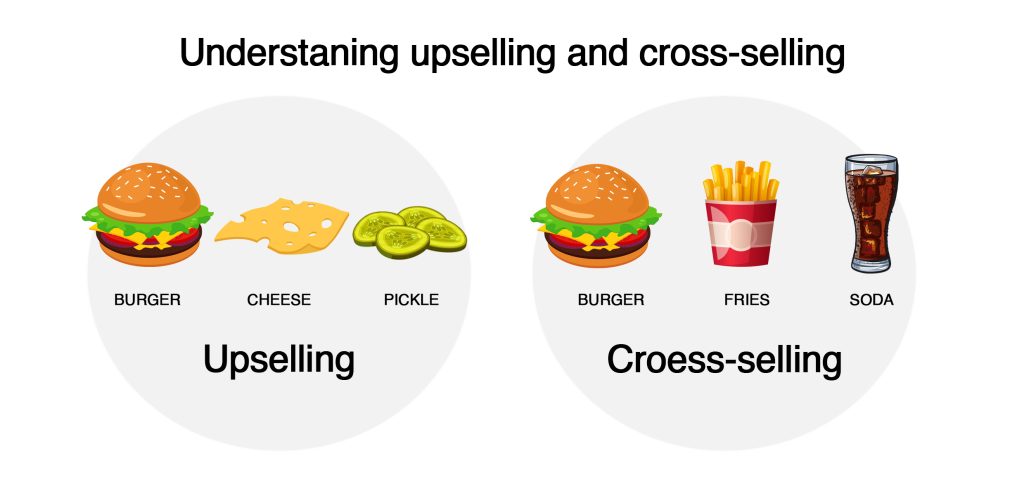
Don’t forget to try our shopify bundle app
Upselling and cross selling strategies
Now that you learned the meaning and concept of upselling and cross selling, it is time to read some tips and tricks to do it better:
Timing is Key
It’s extremely important to know when to offer the upsell and cross sell to the customer. For example, the weeks after New Year’s is the time of year when most people decide to get back in shape. It’s the golden time to offer an upsell on the gym membership.
Create added value
Both upselling and cross selling will only be successful if they provide an added value for the customer. This value is what persuades customers to pay more and buy what they initially didn’t want. If the value is absent, they will simply leave your store for one who offers more.
Further Reading: Mixed Bundling vs Pure Bundling
Present it correctly
What is upselling and cross selling worth if not presented and marketed to their target audience, in a creative and timely manner? Creating upselling and cross selling opportunities is only complete when you present it.
Display proof
Testimonials can be great trust-builders when it comes to selling something online. They come in pretty handy when the customer is about to pay more money for an upsell.
Know your audience
Is the customer the kind of person that’s able, and willing to pay more? This is a question that is answered by market research, connecting with your customers, and studying data. Don’t ever design expensive bundles before knowing that your buyers can afford them. This also helps you decide between upselling vs cross selling.
Make it simple
Remember the french fries example? It’s one of the most simple, yet brilliant cross selling practices. The question is very basic. Do you want to elevate your meal with a delicious side dish? That’s how simple your bundle or offer must be. The question can be designed in a way that it’s hard to say no to. How? Through graphic design, data studying, a good customer relationship, and creativity.
Cross selling vs bundling (bundling and cross selling)
While cross-selling focuses on offering add-ons to individual items, bundling creates a package deal. Both approaches aim to increase sales but can be applied differently depending on the product and sales strategy. Cross-selling involves suggesting related or complementary products to customers based on their current purchase, aiming to enhance the overall value by encouraging them to buy additional items.
Bundling, on the other hand, involves packaging multiple products together as a single offer, often at a discounted price. The goal is to encourage customers to buy more products at once by providing perceived value. For instance, offering a bundle of a laptop, mouse, and software at a lower total price.
Upselling cross selling and bundling
Most of the upselling and cross selling examples are bundles (of course, they can be done in other ways, too). Shopify, Amazon, eBay, and small online stores. All of them can be used to upsell and cross sell bundles. But how do they encourage customers to act and buy products? How are we so excited by some bundles and want to give our credit card information ASAP? The psychology behind bundling as a sales strategy is deeply rooted in consumer behavior and cognitive biases. Let’s read about it:
- Creating FOMO (Fear of missing out): One of the most used marketing techniques is FOMO. Bundles are mostly marketed as limited-time offers, which can tap into the consumer’s fear of missing out on a good deal.
- Perceived Value Increase: Bundling products can make an offer seem more valuable to a consumer (even in the slightest way). When products are bundled, the total cost seems less than the sum of purchasing each item individually, creating a perception of savings and increased value.
- No more choice overload: When faced with too many choices, consumers can experience decision fatigue, leading to dissatisfaction or avoiding decision-making altogether. Bundling helps reduce the number of decisions a consumer has to make, thereby making them thankful that the job is done for them. Piece of cake!
- Endowment Effect: Once consumers own a product, they value it more highly. By including an item in a bundle, you can increase its perceived ownership (“It’s already part of what they’re buying”), which can increase the perceived value of the bundle.
For businesses offering custom software development services in Europe, bundling strategies can be just as effective. For example, a software development company could offer a full-package deal, combining their core software services with additional offerings like tech support or software upgrades, creating a sense of value for customers looking for comprehensive solutions.
Final thoughts
Although there are key differences in upselling vs cross selling, they are both practical, profitable, and exciting. However, you must arm yourself with the right tools and strategies to implement these methods. No matter your business type, you can use them to your advantage and turn one-time buyers into loyal customers.
If you are stuck between the two and can’t decide which one your bundle is, just remember the examples. Reread the definition, and remember that sometimes the two concepts can be very, very closely related.

